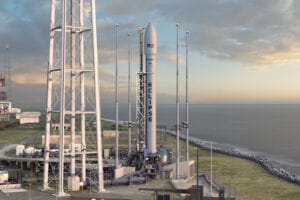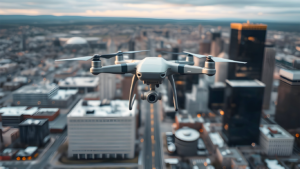The use of UAV or drones commercially is not new. They have been used for non-military purposes since the 1980s. However, drone technology is rapidly expanding and a multitude of industries are finding innovative uses for these aircraft every day. In the agriculture industry, drones are providing high tech solutions throughout crop cycles.
Drone technology provides farms with a more detailed view of the field, in a far more cost effective and efficient manner than traditional methods of crop inspection. An aerial view of crops provides imagery that can reveal irrigation issues, soil variation and even fungal or pest infections. The airborne cameras are able to take images in spectrums beyond what the human eye can detect. Capturing data from the infrared spectrum which, combined with the visual spectrum gives farmers the ability to differentiate between healthy and distressed plants.
Drones allow farmers to do their jobs better and more efficiently, resulting in higher crop yields and less labor overall. Whether it’s for food safety, water efficiency or improved agronomics, rapidly improving sensors mounted on drones can collect the data needed to make the best decisions possible.
“With a need to produce 70 percent more food by 2050 to feed a rapidly growing population amidst drought and climate change, agriculture is rapidly turning to technology,” says Paul Brierley, executive director at Yuma Center of Excellence for Desert Agriculture. Brierley sees drones as the future of agriculture. A future which uses “precision agriculture.” This encompasses a plethora of technologies from self-driving tractors to decision tools that maximize yield and help farms turn higher profits while minimizing their environmental footprint.
On Jan. 6, 2015, however, the FAA granted regulatory permits that have allowed commercial drone use for agriculture and real estate. According to the FAA website, the agency gave the exemptions to Douglas Trudeau with Tierra Antigua Realty in Tucson and Advanced Aviation Solutions in Spokane, Wash. These permits require commercial drone operators to have an on-the-ground “pilot” and an observer. Drones are also not permitted to leave the operator’s line of sight.
Brierley sees these regulations as a challenge for farmers and the aerospace industry. The line of sight aspect to FAA regulations make it tough to cover significant acreage. Additionally, weight restrictions and a single pilot being limited to single aircraft can impede the progress of this technology. “With sensors, drones and data analytics,” he feels, “the farmer of the future will be equipped to make production decisions that help both the environment and the bottom line.” The question is how long will it take for legislation?
Aerospace Arizona Association is dedicated to serving the aerospace industries throughout the state of Arizona. We closely monitor legislation regarding drones and UAVs and work to promote and advance the industry throughout the state. Despite a lagging regulatory body, drones continue to become more and more mainstream. They started as a military technology and may end up a farmers most important tool.



